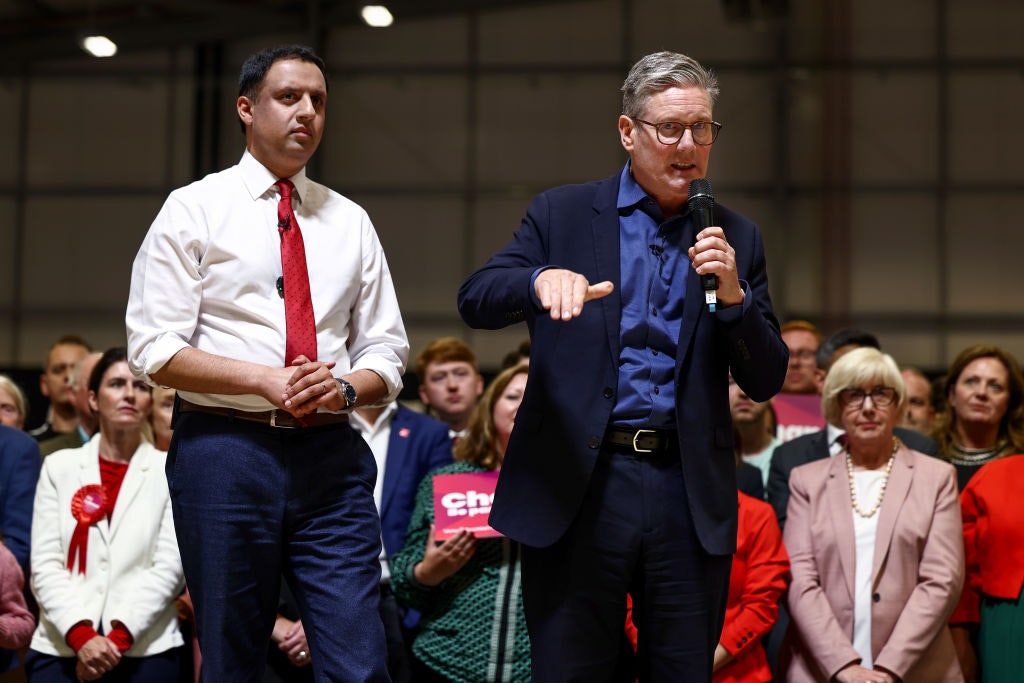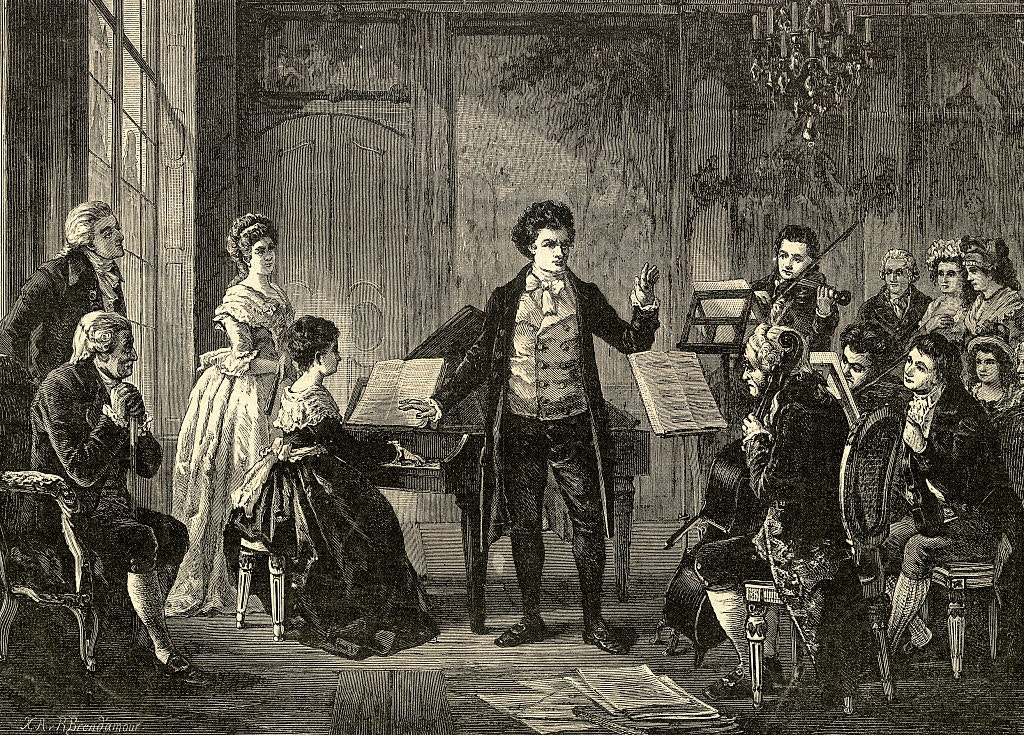How to get history wrong: a case study
Jeremy Black explains the strange case of Edward Lucas
The Times on 27 January 2020, carried a bold headline, “Forget fairytales and learn some real history.” As a professional, I am always fascinated by such pieces, but there is room for a belly-laugh when the author gets it wrong. So, before dealing with just two of the many substantive flaws, let me explain the mistake that does rather undercut confidence in the author. Arguing that Britain was not fighting alone in 1940 (a case that all the public emphasis on the role of the empire somewhat makes redundant), Lucas draws attention to “underground resistance in (among other countries) France, Greece…” Well Greece, of course, was neutral until attacked by Italy on 28 October 1940. This invasion was beaten, the Greeks indeed driving the Italians well back into Albania, and Greece was not successfully invaded until the Germans invaded on 6 April 1941. Doubtless a small point, though not if you are Greek, and as Lucas is calling for accuracy…
To more substantive matters. Lucas presents the usual account of a people trapped in myth and lumps us with others accordingly, finding echoes of Putin’s account “in our comic-book approach to history”. Shame on him. Many writers have devoted much effort to drawing to general attention aspects of the war that scarcely match such an Anglocentric view, most recently Roger Moorhouse in his excellent book on the 1939 Polish campaign. Indeed, British work is considerably less partisan than that of any other combatant I have assessed. The major limitation in British work is on the war in China in 1942-5, a generally under-researched topic, and on the German-Soviet peace feelers during the war, notably in 1943, for which sources are limited.
Comparison with Putin’s Russia suggests a complete lack of judgment, but Lucas also offers it in the case of Chamberlain and Stalin:
“Our justification for the Munich agreement of 1938, in which we strong-armed Czechoslovakia to accepts its dismemberment, is that we were not at that stage ready to fight. This is just the same excuse that Russians make about the Molotov-Ribbentrop Pact of 1939 between the Nazi and Soviet regimes.”
His failure to question or qualify the comparison might leave readers to imply that Lucas accepts the comparison. If so, he is wrong.
The ten-year non-aggression pact with Stalin on 23-4 August 1939, often named after the two foreign ministers, Ribbentrop and Molotov, and celebrated by Stalin at the signing in Moscow with a toast to “the health of this great man,” the absent Hitler, stipulated no war between the two powers for ten years, while secret clauses determined spheres of influence in Eastern Europe, spheres that both left no effective independence for local states, and no role for other European powers, nor for international organisations. To his delight, Hitler was therefore freed from the prospect of a two-front war against major powers and, thereby, apparently from risking a repetition of the stalemate of World War One.
The Pact was also of great strategic importance, as Hitler was seeking to counter the effects of a possible British blockade with imports of grain, oil, and other resources from the Soviet Union. That the Home Front could suffer, as it did in World War One, might have been of greater concern to him, and thereby to German strategic planning, than the question of a two-front war. In combination, the Pact made the war possible, certainly in the form it took in 1939; and thus the Soviet Union carries a major part of the responsibility for what happened, a responsibility it was subsequently largely to be able to evade. In turn, the Pact finally ended Soviet fears of a Polish-Japanese alliance and the possibility that Germany might support such an alliance. Indeed, it brought to a close the acute anxiety that had come to the fore with the Japanese conquest of Manchuria in 1931-2.
In July 1919, a General Staff report in Britain had claimed that: “Taking the long view, it is unquestionable that what the British Empire has most reason to fear in the future is a Russo-German combination,” a view that in part reflected Halford Mackinder’s geopolitical speculations, both then and before World War One. This combination indeed offered much to both Germany and the Soviet Union. That had been seen in 1918 with the Treaty of Brest-Litovsk, which had enabled Germany to transfer troops to the Western Front; in 1922 with the Treaty of Rapallo, the prelude to mutual assistance in building up forces; and again in 1939 against Poland.
Such an agreement was not necessary in order to overcome Poland, which, in the face of a surprise German assault benefiting from air superiority and attack from a number of directions, lacked the necessary strategic defence-in-depth irrespective of Russia’s deep enmity. However, the 1939 Pact both helped speed Poland’s defeat, and, for the same reason, was the key strategic element in the Fall of France in 1940. In the former case, Soviet policy over Poland demonstrated a habitual pattern, notably with Stalin, of allowing potential opponents to exhaust each other, before deriving more direct benefit; an opportunistic, indeed in a way aggressive, practice that helps to explain what might otherwise be referred to simply as caution. The Soviet Union invaded eastern Poland after the Polish military had been defeated by the Germans. In the case of France, the Pact enabled Germany to fight a one-front war, as it had done when successfully attacking France in 1870-1; and not the two-front war that had helped thwart success when it attacked in 1914.
In contrast to Hitler’s existing allies, the Soviet Union not only did not proceed to an anti-German policy in 1939, as Britain and France, did, but, instead, moved to co-operate with Germany. This was political, economic and, notably in the destruction of Poland, military, in a way that contrasts with Britain and France in 1938. Abandoning the previous focus on opposition to Fascism and the support, accordingly, for “Popular Front” policies of alignment on the Left, notably co-operation with Socialists, the Soviet Union instructed Communist Parties in Britain and France to oppose the war, and also resumed its support for “national liberation” movements in British and French colonies.
Wartime alignments were a major cause of post-war controversy, as guilt and responsibility were contested. Thus, the 1939 German-Soviet Pact became an aspect both of the propaganda of World War Two and of that of the Cold War. After 1941, the Pact was written out of the Soviet historical account, and that of Communist parties and leaders who had praised it, such as Mao Zedong of China. Insofar as it was officially discussed, the Pact was presented benignly as an opportunity to gain time and space to resist German attack, which was not, in fact, Stalin’s prime intention when he negotiated it. Instead, he wanted to gain an opportunity for expansion.
The 1939 Pact both helped speed Poland’s defeat, and, for the same reason, was the key strategic element in the Fall of France in 1940.
In contrast, the Pact was referred to by external and internal critics of the Soviet system. For example, the fiftieth anniversary of the Pact in 1989 was marked by opponents in the Baltic republics as it had provided the Soviet Union with the opportunity to seize these states in 1940. The Pact has never had a resonance in the West comparable to the Munich Agreement of 1938; and Appeasement and Munich have proven far more significant images and terms in public debate, and continue to do so, both being part of an international lexicon of complaint. However, far from being a tactical consequence of Appeasement, the Nazi-Soviet Pact showed much about the logic, as well as methods, of Soviet foreign policy. Moreover, there is no inherent reason why the Pact should be regarded as less significant than the Munich Agreement, which did not last for as long. The Pact indeed was more important, since both sides took advantage of the result, which was not the case with the Munich Agreement. This point underlines the active role of the Soviet Union in the early stages of the war, one that is underplayed because the Soviet invasion of Poland did not lead to Britain and France declaring war. The contrast in views also reflects the tension between Western and Eastern European views of the war, a tension that has been present from the outset, although with varying cross-currents.
The post-Soviet era re-evaluation was not accepted by all, and led to domestic and international contention. As a consequence, the strategic course of the war was reopened for debate across Eastern Europe. The extent to which this debate influenced wider perspectives of the war varied greatly, and, again, politics as well as national perspectives played a role. The overall consequence was a marked lessening of any agreed view for the war as a whole. For example, the prominent essay in the Times of 14 September 2019, “The two Britains that exasperate and enchant the rest of the world,” by Neil MacGregor, a Germanophile, condemned Britain and America for exaggerating their role and downplaying that of the Soviet Union, without mentioning the Nazi-Soviet Pact or the Anglo-American role against Japan. Paradoxically, this approach implied that Britain should have done more to help Poland in 1939 and 1944, but without underlining that this would have entailed conflict with the Soviet Union, a point that tends to be neglected when there is critical discussion of Appeasement as widely practised.
A different account was offered by Baiba Braže, Latvian ambassador in London, in the September/October 2019 issue of the periodical Standpoint:
“two authoritarian regimes — Stalin’s USSR and Hitler’s Nazi Germany — concluded a pact dividing Europe thus set the stage for the Second World War. Soviet tanks rolled into my country annexing the Baltic States. The USSR invaded Finland and partitioned Poland with the Nazis.
“It is not enough to know the facts about the past; what matters is how we interpret them, and the meaning we give them today. They influence our decisions today and tomorrow. The Russian Foreign Ministry has lately renewed its efforts trying to justify Soviet collaboration with Nazi Germany. This cannot fail to cause alarm in the whole world.
“The Euroatlantic security space is indivisible. Aggression against one country threatens everyone who wants to live in peace.”
As with so much about the present discussion, there was a degree of misdirection here, because the Baltic republics suffered from a lack of unity in 1938-40. Moreover, Lithuania, threatened by Poland with invasion in 1938, turned to Germany; while, in 1939, Latvia also looked to Germany. Similarly, today, there is a lack of unity, and a habit of blaming outsiders, for the weakness in their response to the Soviet Union. Lucas of course does not deal in such complexity. His is the broad-brush stroke of polemic claiming to be “real history”. A strange bedfellow for Vladimir Putin, but maybe not.
Enjoying The Critic online? It's even better in print
Try five issues of Britain’s newest magazine for £10
Subscribe














